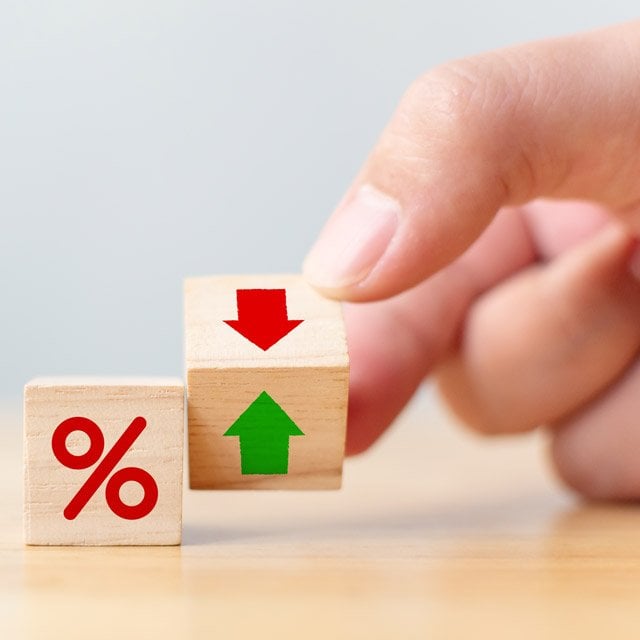Why 'Buy and Hold' Works Better for Investors: Morningstar

What You Need to Know
Gaps in personal versus fund returns are typical; how and when clients invest can make a difference.
Clients can take steps to improve their odds.
Investing in index funds didn’t necessarily erase performance gaps, according to Morningstar.
The time-tested advice that clients buy and hold and avoid trying to time the market has received a boost from a Morningstar study, which found investors’ total annual returns came in roughly 1.7 percentage points lower than returns for the mutual funds and ETFs they owned.
The research firm’s annual “Mind the Gap” report found the average dollar invested in funds earned investors a 6% annual return over the 10 year-period that ended Dec. 31, 2022, compared with roughly 7.7% returns for the funds.
“This shortfall, or gap, stems from poorly timed purchases and sales of fund shares, which cost investors roughly one fifth the return they would have earned if they had simply bought and held,” the report from Jeffrey Ptak, Morningstar chief ratings officer, Amy Arnott, portfolio strategist and others said.
The gap is in line with the firm’s findings for four previous rolling 10-year results.
The two largest fund types by net assets — U.S. equity funds and taxable-bond funds — had smaller return gaps than the fund universe as a whole, and investors in funds that combine stocks, bonds and other asset classes “have continued to fare best, as these funds had the narrowest return gap of any category group,” Morningstar said.
Gaps for sector and nontraditional equity funds were wider than average, and more volatile funds tended to experience wider gaps, the report said.
The relationship between return gaps and fund fees was less clear, since gaps for the cheapest funds were similar to those for the category groups as a whole, Morningstar reported.
Why the Gap?
“Most reported total returns are time-weighted, meaning they assume a lump-sum investment made at the beginning of the measurement term that’s held throughout the whole period to the end. But investor returns can be a more telling measure because they include the impact of cash inflows and outflows,” the report said.






